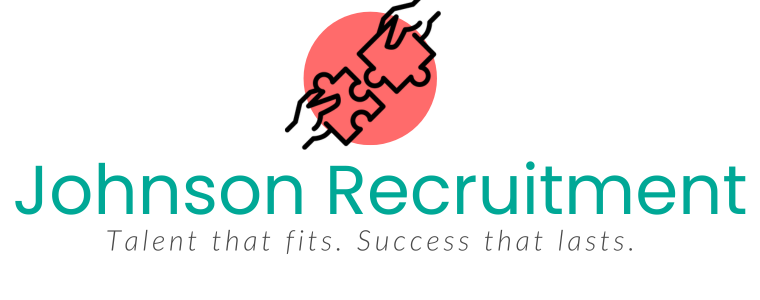Hiring the right team member can transform a business. But hiring the wrong one? That can be costly—in more ways than one.
Whether you’re a small business owner or a corporate hiring manager, it’s critical to understand the true cost of a bad hire—not just in dollars, but in productivity, morale, and opportunity. Let’s break it down and explore how you can avoid making that costly mistake.
What Is the Real Cost of a Bad Hire?
Most estimates suggest that a bad hire can cost an organization 30% of that employee’s annual salary, but the real impact often runs deeper:
- Lost Productivity
A poor fit struggles to perform at the level your business needs. Missed deadlines, subpar work, or lack of initiative can drag team performance down. - Team Morale
A bad hire doesn’t work in isolation. Their attitude, communication style, or unreliability can cause friction, lower team morale, and even drive top performers away. - Wasted Time
From onboarding to coaching and performance reviews, time spent trying to “make it work” adds up—especially when it ends in termination and restarting the hiring process. - Reputation Damage
One wrong hire in a client-facing or leadership role can damage relationships, credibility, and your brand’s reputation. - Recruitment & Replacement Costs
The cost of recruiting, interviewing, and training a replacement can be staggering. Job postings, screening, background checks, and new-hire onboarding all take time and money.
How to Avoid Making a Bad Hire
While no hiring process is foolproof, a strategic approach drastically reduces the risk. Here’s how:
- Get Clear on the Role and Ideal Candidate
Start with a well-defined job description. What skills, experience, and personality traits are essential for success? Don’t just list tasks—paint a picture of what success looks like in the role. - Standardize Your Hiring Process
Use consistent interview questions, scorecards, and skill assessments to fairly evaluate candidates and reduce bias or gut-instinct decisions. - Go Beyond the Resume
Resumes only tell part of the story. Incorporate behavioral interview techniques, soft skills evaluations, and trial assignments when possible. - Check References Thoroughly
It’s tempting to skip this step, but it’s worth the effort. Ask former managers about reliability, communication, and cultural fit—not just job duties. - Partner with a Recruitment Expert
Working with a recruiter who understands your industry and culture can save you time and prevent costly missteps. They help you attract, vet, and hire top talent who stick around.
Final Thoughts
A bad hire is more than a line item on a balance sheet—it can ripple through your business, affecting culture, client relationships, and growth. But with a thoughtful process and the right support, you can build a team that drives your business forward—not one you have to recover from.
